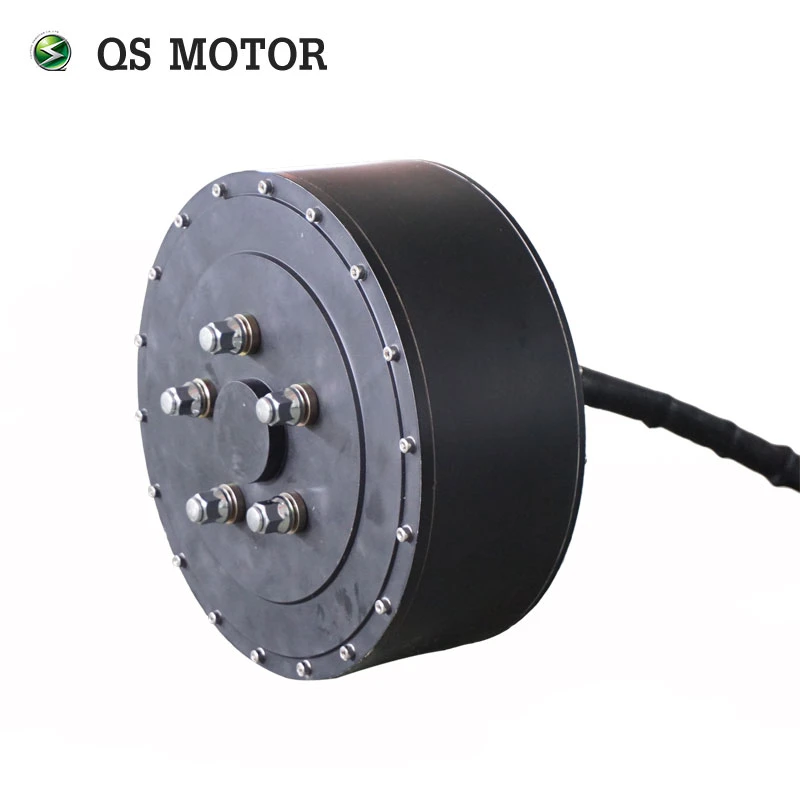01/04/2023, Saturday, 20:19
Before anything, this is not a joke-log or any kind of prank, just hear me out.
So, I was thinking about a lot of things and I finally understood that I was making a huge mistake when thinking that "making mech/exosuit work = good actuator/good energy source", but that's... Not completly wrong, but kinda wrong.
- I can't use an electric motor to drive the pump because batteries in general aren't energetically dense enough. So I would need it to be driven by a combustion engine.
- I can't use high pressure hydraulic actuators because you would still need too much energy from a combustion engine to achieve a high flow rate on top of high force.
- I can't directly use electric motors because they need too much energy, batteries aren't energically dense enough and it would require too much power from the combustion engine (on top of a heavy electric generator).
- I need to convert the energy from the combustion energy in useful work, since energy can't be created or destroyed, only transformed. And the transformation has losses.
In conclusion:
This is not a problem about actuators or energy sources, this is a power transmission problem.
In other words, all these cool actuators, artificial muscles and all this kind of stuff is meaningless to the real objective. The actuators are the "middle man".
In conclusion²:
I don't need any kind of artificial muscles.


How many project logs I wasted just trying to solve this matter?

The first thing that comes to your mind when speaking of power transmission from a combustion engine are geared transmissions, that are easier for vehicles, but definitely not for a humanoid robot (yes, mechs and exosuits are humanoid robots).
The best transmission system that I could think of is hydrostatic transmission system, that accordingly to google, it is 98% efficient.
So I just need a gear reduction to reduce the rpm of the combustion engine to 180 rpm and increase the torque while just using the same hydraulic pumps/motors for the 1:1 transmission throgout the body.
I just hope that it is as simple as it sounds...
Edit¹:
While I was asking around about hydrostatic transmission systems, people started suggesting me to use electric motors because these are "simpler" and smaller.
Well, not to crap on the people that tried to help me, but that's not the case.
Yes, electric motors that can output dozens of horsepower (7kw, 10kw, 20kw or even more) are really small, somewhat compact and some times are light, but these electric motors use rare-earth minerals and are obscenely expensive.

This motor I found on aliexpress is a 10-20kw EV motor, but it costs 6 thousand reais (1100 dollars) with a shipment fee that costs almost the same (and some times even more expensive than the product itself).
How do you wire it? How do one keeps it from overheating or shortcircuiting?
How do you build one at your home, like I would with an hydraulic pump?
Yes, I could use an alternated current electric motor that costs a fraction of that, but these are way bulkier and heavier, some motors are as big as a person.
And all of that without talking about the generator, that is basically a reverse electric motor. And these are as bulky as the electric motor above.
I really can't find any kind of stator/generator that has its electrical part miniaturized.
And, as you may know, a generator is like a "reversed" electric motor, but using a 10 kw electric motor at the speed and torque when it is in use won't generate 10kw, you will generate way less than that (as far as I heard about it).
So I can't "just" do X or Y in order to copy an electric generator/electric motor.

This is a 20kw gasoline electric generator, by the way.
Accordingly to the website description, because the size and power of these things is kinda weird.

This one is also rated for 20kw.
If someone wants to teach me how to make 20kw electric motors, feel free to dm me, lol.
Anyway, back to researching.
Off-topic:

The mobile infantry event on War Thunder just arrived and I can't but wonder that this look quite practical.
Although the description says these suits have 400hp engines. lol
Also, these exosuits have a jetpack unit behind them that can lift them to 50 feet (15 meters) of height in about a second.
I asked around (and to chatgpt) and it seems that one would need 200kg (400 pounds) of thrust to achieve that, and would feel an acceleration of 3g's; assuming the only weight in the matter is the soldier, with 70kg.
Well, actually, this is quite doable. You can really make a Pulse Jet or a pulsed detonation engine to achieve that.
And you wouldn't need to worry much about fuel... As long you don't use this "jet jump" all the time.
So, 200kg of thrust for every 70kg of weight.
This madlad made super powerful pulsejets with (somewhat) cheap items he had.
Well, I'm no specialist, but this seems to weight less than 70kg with fuel source and all of that.
But fuel efficiency would be the last thing to worry about if you straped this stuff to yourself, it would incredibly easy to just fricking die when going up (if you hit your head on something) or going down (and not disaccelerate properly).
Even harder if you plan to use something like this in a war, it would be hard enough to control this thing alone, now imagine if you were under heavy fire from all sides...

While playing this event I learned that when you are in the higher ground during a gun fight, you can see everyone, and everyone can see you aswell...
Discussions
Become a Hackaday.io Member
Create an account to leave a comment. Already have an account? Log In.